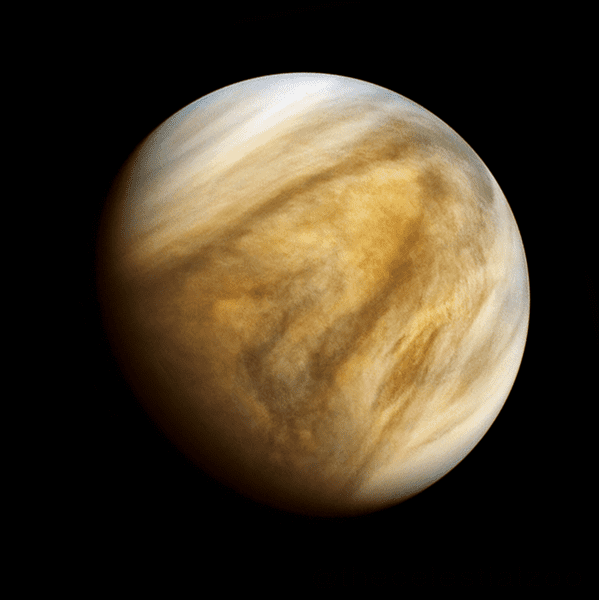While Venus is boiling-hot today, this wasn’t always the case. And the culprit, new research suggests, could be our largest neighbor.

Jupiter, the colossus of our solar system, likely altered the orbit of Venus in the past, condemning it to a state of lifelessness. The findings come from a new study that aimed to understand why Venus’ orbit around the sun is so circular.
Big players
“One of the interesting things about the Venus of today is that its orbit is almost perfectly circular,” said UCR astrobiologist Stephen Kane, who led the study.
“With this project, I wanted to explore whether the orbit has always been circular and if not, what are the implications of that?”
Jupiter is by far the largest planet in our vicinity, with a mass over two-and-a-half times greater than that of all other planets in the solar system combined. As such, it can wield quite a lot of (gravitational) influence upon them.
During its early days, Jupiter moved towards the sun and then away from it again. This isn’t really a very peculiar case — observations from other systems show that giant planets follow such orbits pretty often during their formation.
In our corner of space, Jupiter’s motion affected the orbit of Venus. This put it on the path to becoming the planet it is today. Kane says that while it’s very likely that Venus lost some of its water due to other reasons, the passing of Jupiter irrevocably changed its climate and drained its reserves of liquid water. Researchers mostly consider any planet lacking liquid water to be incapable of spawning life, or at least, life as we know it.
“As Jupiter migrated, Venus would have gone through dramatic changes in climate, heating up then cooling off and increasingly losing its water into the atmosphere,” Kane said.
Kane created a model of the solar system during the early days of planetary formation, calculating where each of them was and how their gravitational pull influenced one another. This model showed that Venus used to have a much less circular (more ‘eccentric’) orbit than today. A planet’s eccentricity is denoted by a number between 0 and 1, with the first meaning perfectly circular and 1 meaning completely linear. Kane explains that a planet with an eccentricity of 1 would “simply launch into space”.
Currently, the orbit of Venus has an eccentricity of 0.006, making it the most circular in the whole Solar System. However, the model holds that this value used to be 0.3 before Jupiter came around. Kane says Venus had a much higher probability of being habitable at that time. The recent discovery of phosphine in the atmosphere of Venus — a gas that is typically produced by microbes — could be the signature of “the last surviving species on a planet that went through a dramatic change in its environment.”
Still, any surviving microbes would have needed to live in the clouds of sulfuric acid that drape the planet for over a billion years without liquid water.
“There are probably a lot of other processes that could produce the gas that haven’t yet been explored,” Kane said.
“I focus on the differences between Venus and Earth, and what went wrong for Venus, so we can gain insight into how the Earth is habitable, and what we can do to shepherd this planet as best we can.”
The findings “Could the Migration of Jupiter Have Accelerated the Atmospheric Evolution of Venus?” have been published in The Planetary Science Journal.









